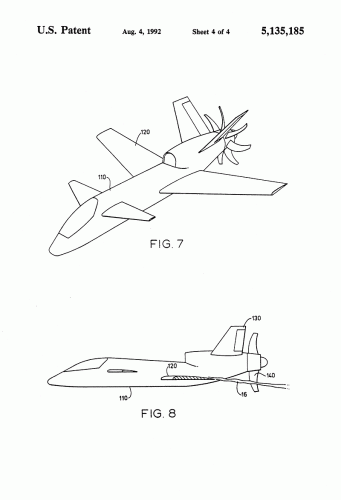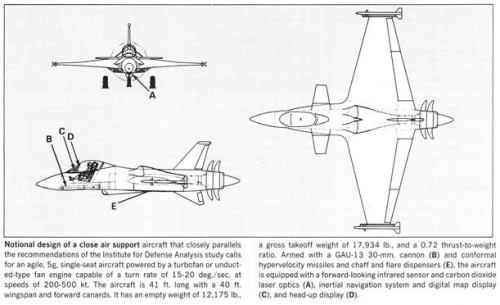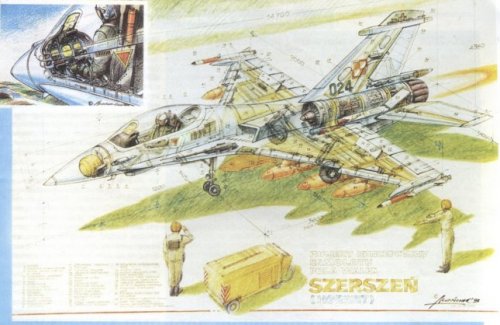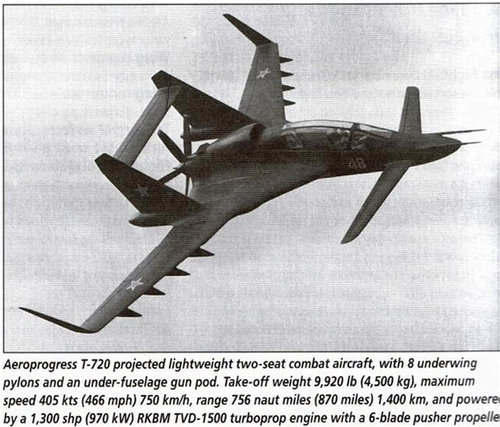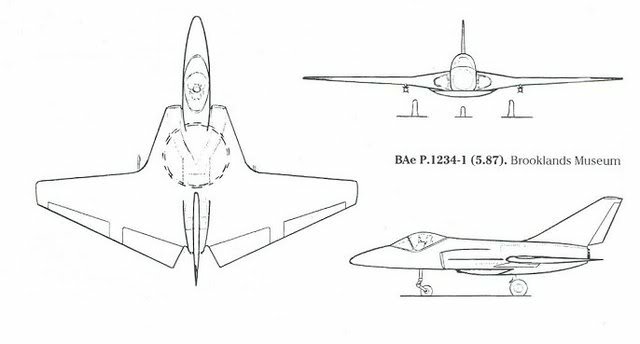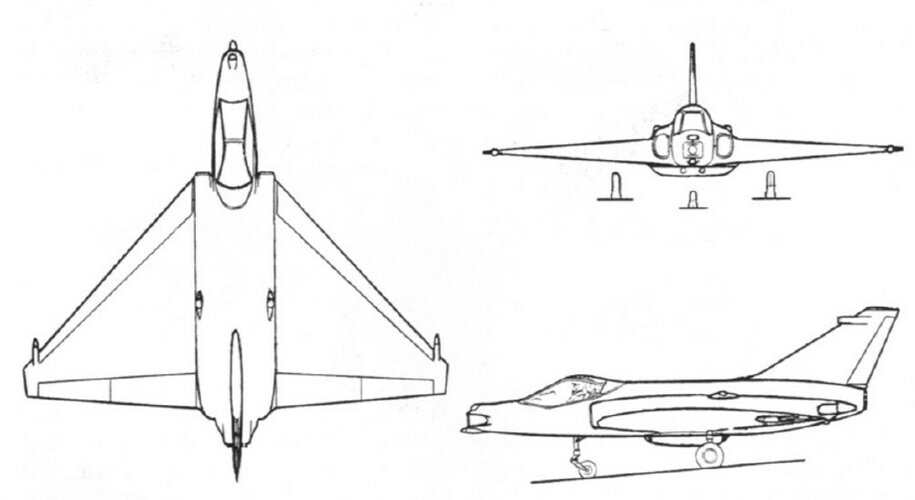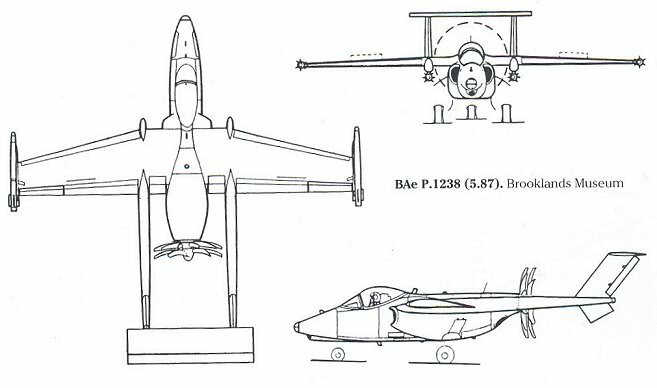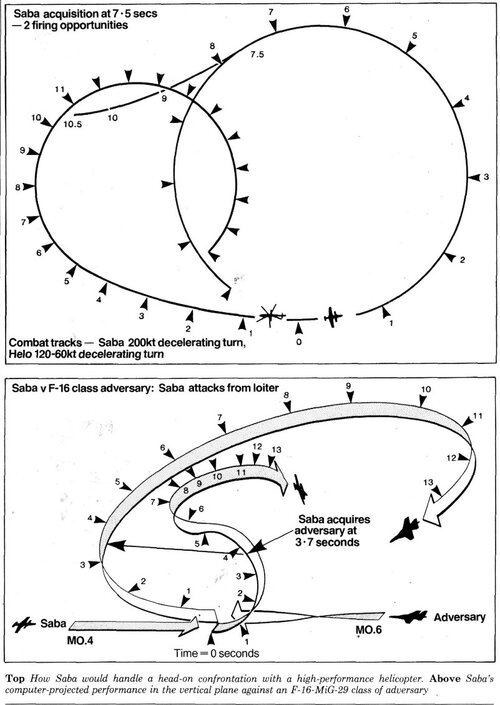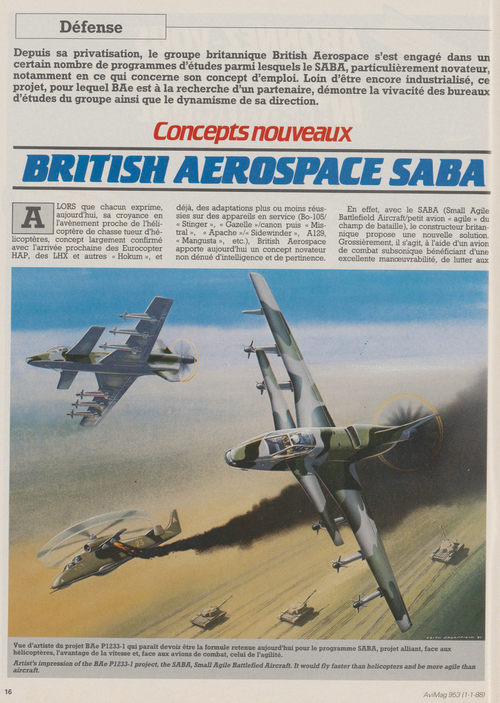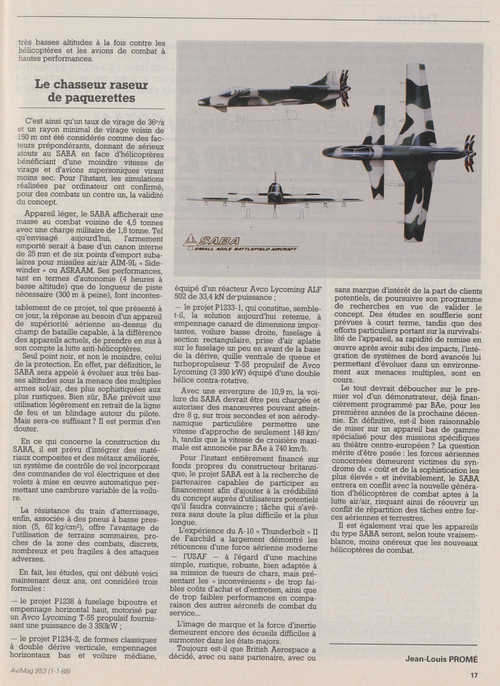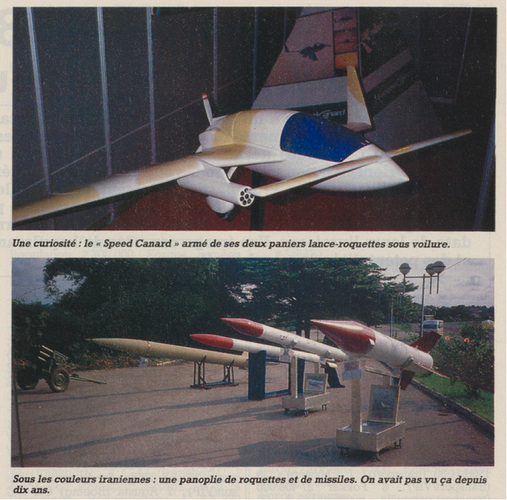yasotay said:
Abraham Gubler said:
Personally as someone with a bit of offensive support experience who has ridden in multiple aircraft, including fast jets at low altitude, I would much prefer my CAS coming from someone orbiting at 20,000 feet with a FLIR pod, digital map, data link and LGB/JDAMs rather than someone roaring in on the deck, orientating map to ground while managing the engine, cued by voice radio shooting with unguided rockets and cluster bombs
Personally as someone who has been on both the receiving end and provided for troops (no Sir you don't have to find a FAC or ETAC, tell me where you want the bullets), I can tell you that weapons from 20,000 feet are grand and do a marvelous job on identified targets. However a JDAMS or even a SDB etc., are not so marvelous when the enemy elects to fight you from 100 meters, from the windows of the hospital or mosque. They do this because they learned that if they let us use our technical superiority from 20,000 feet we will win every time. They dress like the locals and will be the first to invite CNN to look at the hole in the ground that used to be a school. Never mind that they held the kids captive and shot at us from the windows. They learned it over and over again from recent conflicts.
I am not espousing there is no place in close combat for precision weapons from on high. JDAMS is mighty fine if the enemy will let you maneuver such you can put one on the target. Also in many cases the fact that the enemy never hears what hits them is a plus too. If the bad guys elect to go back to massed formations and we can defeat the associated AD the fast mover will once again demonstrate superior capability.
As to the "someone roaring in on the deck, orientating map to ground while managing the engine, cued by voice radio shooting with unguided rockets and cluster bombs". As an Army Aviator I can tell you that the roaring around is exactly what the ground soldier wants to hear (I was one of those too). Why do you think the A-10 is unequivocally the favorite USAF aircraft with the grunts. The GAU is to moral as three to one. These days the engines manage themselves as do the maps. The attack helo's use FLIR and other targeting sensors and a Hellfire missile is not unguided and comes in many flavors now. When shooting rockets at 100knots they tend to fly straight and if you shoot them at targets within 1000 meters they tend not to disperse. The US Army and Navy are both working on small guided missiles to overcome the "uncertainty".
As an Army Aviator I lived with and learned with ground combat officers. I speak their language and more importantly understand it. I do not need a special trained crew to do the mission. I am not disparaging ETACs or FACs. It is really nice to have them around to talk to cause they DO know their business, but when SGT Jones is pinned down and about to be overrun without either of them, I do not wait for clearance and authentications, I put rounds where SGT Jones wants it. If need be I might even fly over his position when out of bullets to draw fire away from him. If the infantry wants effects within 50 meters of his unit that’s where I put it, using laser designation if I can, but I know how to do fixed gun too.
It is not cut and dry either way. Putting big rocks on the heads of the enemy stupid enough to engage from 500 meters will make the day of any infantryman, but if he is in a knife fight the CAS needs to be up close and personal.
The problem with all these assumptions is that you will have time to call in CAS but not to separate from or deal with the threat yourself. If you have a ROVER terminal, you can MARK where you are, relative to an offset or with a flasher and orient CAS on you position that way. But if you are facing the 'school full of kids' scenario, then you are probably the one on the offense and a UAS with ARGUS-IS is a better option to let them see you back away and then trail them back to...wherever. You then send in the specwar at 0D30 and have a little chat with the survivors on _your terms_.
As Mr. Gubler states, all of this happens much easier from a goodly standoff, above the trashfire, than it does making sound of freedom noises because _that_ will lock the enemy down like nobodies business, deep in the collateralized urban sprawl.
I would also like to offer that if you are gunning, you are not Sgt. York because the simple laws of physics are going to put a 25-50rd burst into an ellipse that is a minimum 30-70ft across and that only when the dive angle and roundout is very steep and low.
Compare a the sheer weight of splinters between 50rds of HEI PGU-13 and DU PGU-14 to a 10lb M151 warhead on a DAGR or APWKS and you are talking the difference between spray and pray by a platoon element and 1m accuracy with a handgrenade chucked from 5km.
Take the handgrenade. You can engage more dispersed point/soft targets, more quickly and you can guarantee the explosive radius around the impact zone of about 5-10m. If things go high intensity, you also have an M229 (17lb HE), an M282 (25lb dual charge wall breacher) and the M247 HEAT as alternative antitank with as much as 38 shots in two LAU-3 or 14 in two LAU-131. Which is better than most novice A-10 pilots can do with 1,150 GAU rounds, even with IFFC.
No, the gun toting hero is dead and will remain so until 250KW SSLs (like the Nautilus/MTHEL, which shot down artillery shells at 5-7km in the 1990s) come online, at which point, having an 8-10ft long canopy is going to be an insoluble eye hazard risk anyway.
That said, the big problems with SABA are as follows:
1. It's likely more than a human can handle. That much power, even with a contraprop is going to generate immense loads on the airframe and pilot and require something like an ESTOL mode for safe recovery (no ground strike on the props with autoreversal for short fields) and IFFC autopilot selection or at least flight director mode (HITS) for combat conversions on other agile targets. You fly the offramp on the highway and that is where the FLCS sends the airframe, within allowable limits. We are talking a about a 36dps turning airframe (180` in 5 seconds) whose speed and G-Loading will make it very hard for pilots to prejudge engagement turns and breakaway performance while staying out the weeds. I don't know if pilots are ready to assume a conductors role rather than playing an instrument directly in the orchestra.
2. There is going to be a LOT of adverse flow coming off 31ft of fuselage and two tails which are going to strike the scimitar blades at different angles and setup uneven disk loading which has a good chance of meshing the blades or breaking one off. Increase AOA to levels which support a 36dps turn rate and now you have vortices off the canards and LERX/FSW as well. Just ask Eric Brown about the Do-335 and this issue. Some idiot novice at the RAE decided to work the throttle in the pattern, cut off the rear blades and ended up smoking-hole destroying one of the few Pfiels in existence. It should also be noted here that the A-10 is essentially soundless over 10,000ft while unducted fans were so acoustically harsh that they rejected them for airliner use, despite massively better fuel economies, because they couldn't get the fans harmonized with the fuselage sufficiently to keep from cracking longerons and skins. This is going to be another Tu-95 folks. Not a YO-3A and that's not good in either a COIN or High Intensity mission set, even if you are using a blackwing or finder type system to provide 'FAC Lo' equivalent imagery relay over the immediate target area.
3. Radius + Persistent loiter is going to be a real issue. Not just as an absolute but as a function of time. Reaper-ER has a combat radius on the order of 1,500m at 220 knots with 10hrs on station, thanks to thicker wings with integral tanking and a dedicated EFT pylon. This lets them operate out of Akrotiri over Syria. But humans can't do this kind of 'slow boat to China' stuff because any more than 8-10 hours in the air and they're fatigued out of wise combat decision making. A 350 knot minimum cruise is about the minimum for rapid radius transit without having to base-in to a FOL, not just for the sake of getting there in 3-4hrs but also for achieving a useful altitude as gas pass speed on a real tanker track. The airfoil and sensitivity to B707 or 767 buffet on the proprotor is again going to be an issue here as critical mach numbers on a thick, supercritical section, wing is pretty damn low (the A-10 has to refuel in the heart of the weather band for this reason, it literally has a VNe as well as power issue). What this may mean is a transition away from a propfan to a proper jet engine which will just kill your TSFC and result in instant scaleup of the airframe. Big airframes are expensive airframes. But that is what you get when you need 10,000lbs of fuel to have a realistic mission area loiter and a decent thrust/combat redundancy pair of engines for trashfire CAS envelope work.
3. I also frankly question the intelligence of putting a refueling receptacle on the spine of the jet and the nose isn't much better if you are talking about a composite fan blade and an inlet which serves as a cooling passage for the transmission and driveshaft on the TP while the turbine exhausts underneath. Hot exhaust gas + atomized fuel spray is a recipe for disaster add resin prop blades and you have a blow torch in front of a housefan. Not good.
4. Gear stance is funky. It frankly looks like a Jaguar nosegear and Hawk mains but of course this cannot be without an F4U wing because you'd drag the prop. As is, I have to assume that they really want to sling Brimstone and ASRAAM with less than three feet of ground clearance underneath which is bad enough on a beanie prop airframe like an Apache but a real sticks and stones FOD killer on a jet. Iraqi T-6 trainers are currently grounded for want of wing skin punctures because the bloody airbase commanders keep selling the fuel which is used to run the sweepers which keep the runways clear of the little pebbles that the wind blows in. And those are concrete runway MOBs! You try and play at 2nd ATAF games with forward detachments to keep the radius short and you will tear the heck out of your PGMs and your thermoset skinned airframes, no matter how high you fly in the combat zone.
5. Sensorization is all wrong. What looks like an LRMTS in the nose, even if gimbaled, as some shots show, would only provide about 60` FOR and _would not_ give you proper lower hemisphere coverage at all. This is unwise because it essentially says that the jet is incompetent at killing threats maneuvering across a 1-circle, hard turning, fight at very high LOS-R and Range-R rates. Even as it makes it impossible to use the full features of the latest Hellfires which include GAINS autopilots with up to 270` off-track engagement capability. An AN/AAS-52 MTS head would work well here (ala Predator/Reaper) but would be very draggy up on the nose and subject to all manner of abuse, behind the nose wheel. You can go with an extendible turret but now you are intruding upon the middle fuselage fuel and gun ammo storage (which is where you want it, behind armor, after you drain the wingtanks, ingressing...).
Obviously, you're not going to get the best of rearward vision arc if you are flying a razor back which is not a good thing if you are hunting hyper agile, pedal turn in their own shadow, RWAs. Though the profusion of canopy framework suggests that this is not a normal canopy but perhaps a side opening armor glass, similar to an AH-1F or AH-64.
I see no MAWS/GFAS, I see no DIRCM, I see no Falcon Eye. I see no LASTE array to keep you out of the dirt cumulus while feeding a Spartan DTRN. All of these systems add weight and all are crucial to the CAS mission, especially all-weather and at night. The A-10 arrived in USAFE without an autopilot, INS, TISL or moving map. Today it has all of those things, simply because the mission demands it. But an aircraft two thirds the size and running on maybe 5,000-7,000lbs of fuel (F-16 territory) is not going to have the large side avionics bays that the A-10 does, simply because the fuselage volume isn't there.
CONCLUSION:
With modern ordnance and a guarantee of never operating in a high intensity theater condition (where conventional CAS is all but impossible anyway and S2S guideds like Spike and Jumper are far faster reacting) the SABA could be made workable. But it would only be so to a relative level, compared to say the LAS trainers which are simply not combat capable at all, with their props in front and a 3-4G capability with basically two ordnance pylons (A-29, assuming a centerline FLIR ball and wing tanks).
Will we fight another Deny Flight type mission set where you have Serbian helos flying in guerilla death squad commanders and logistics by helo while using the equivalent of AMX attack jets in the Galeb series? I doubt it. Our next major war is shaping up to be Ukraine or Iran or PacRim. In all of these places, a SABA would offer certain advantages over a Reaper, if only insofar as the ability to rapidly work the 0-15,000ft altitude regime (it takes an A-10 5 minutes to climb out after a single gun pass) with forward firing weapons like guided 70mm rockets as _replacements_ for gunfire which are still fast enough to challenge (say) a tank APS without exposing the shooter to too much overflight risk.
But they would be incredibly vulnerable to any radar based ADV and would likely put the tanker race tracks at significant risk in transiting in the aircraft to the point where they could hop the fence and get to work with a decent mission area persistence.
A2A, at low level, they would be death to any modern fighter (Su-35, F-22 inclusive) because of their 1:1++ effective thrust to weight ratio and incredible turn rates. But then this is already true of the A-10 and most fighters simply compensate with radar weapons and effective control over the vertical. The SABA would have similar problems with much more thrust but far less wing area and as you added armor and systems, it's wingloading would skyrocket, effecting it's survivability, even with advanced expendables like the ALE-70 and TERMA EWMS cuing of same.
Current airframe design is stagnated behind the 'plumbing curve' of conventional reaction mass motors. Inlets and Exhausts (burner tubes) end up taking perhaps 2/3rds of the fuselage and until we change that, we will not be able to sufficiently reduce frontal area to make things like ICE unconventional control effectors practical. It's possible ADVENT may take us partially there but even if it does, we will then also need to consider what hunting weapons and directed energy weapons mean for air warfare in the 2050-2070 time frame.
My IMO: we need to anticipate 50-70% force losses in the first day. And concentrate on devaluing our airframes to make sustainment of those losses practical by removing the effects driven portion of the payload fraction from the airframe, along with the pilot bubble and 9G maneuver penalties to compress the front and back ends of the jet while we wait on field drive engines or antigravium or whatever comes next.
Obviously, this makes a hash of the conventional Mudfighter/Blitzfighter/Hi-Lo etc. mix because even a 10 million dollar airframe may well be too much of an investment to routinely lose, every mission. Think Chess. Think Pawns and Knights and Bishops. Think de-pilotization as an excuse to bring SSLs onboard, early, in the conserved mission volume.

